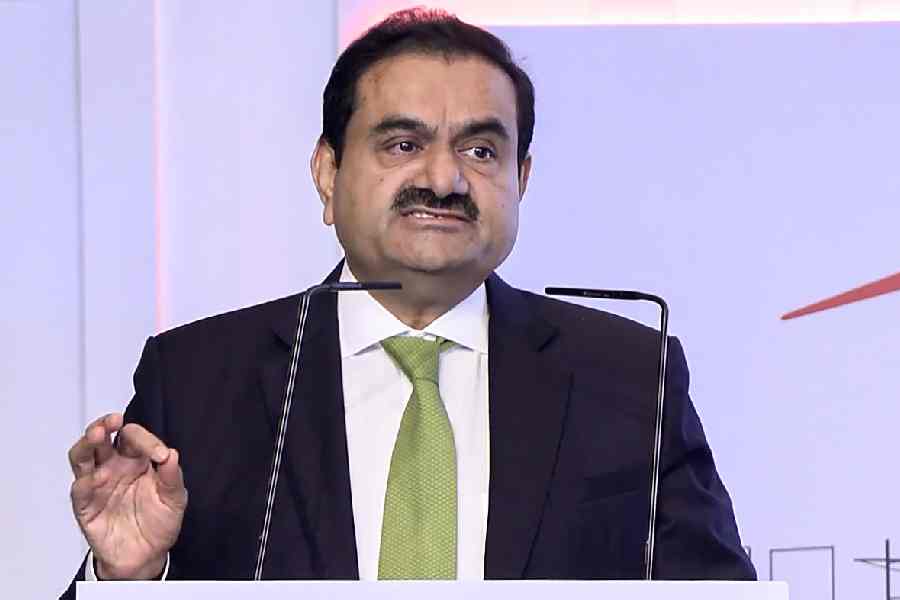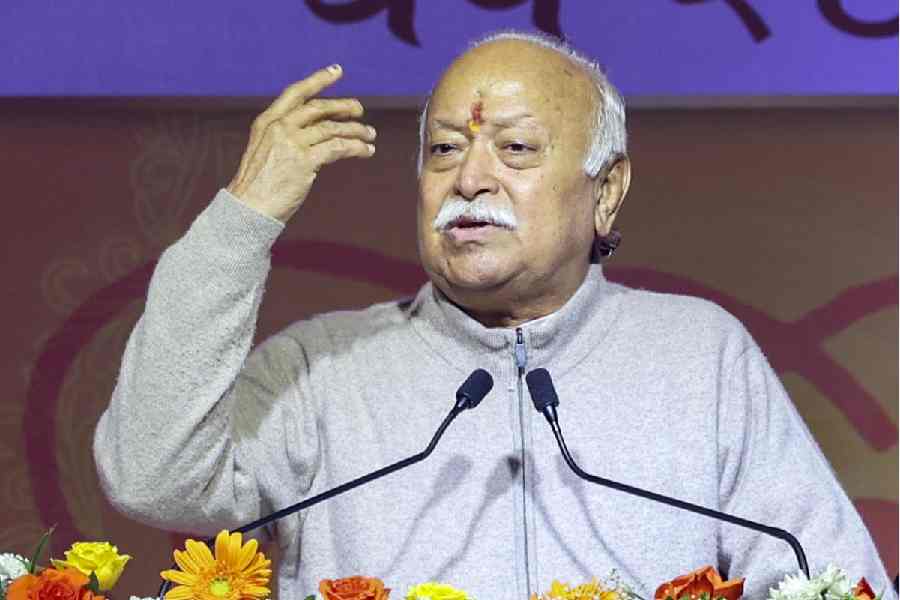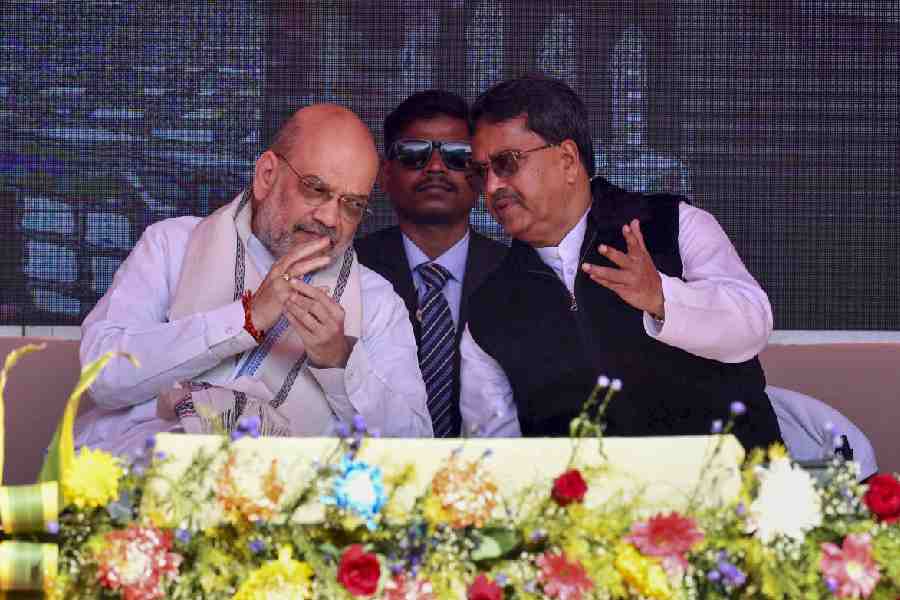Gautam Adani had in the late 1970s applied to join a Mumbai college for education, but the college rejected his application. He did not pursue education but turned to business and went on to build a USD 220 billion empire. About four-and-a-half decades later, he gets called to the same college to deliver a lecture to students on Teachers Day.
Adani had moved to Mumbai at the age of 16 and started working as a diamond sorter. Around the same time in 1977 or 1978, he applied for admission to the city's Jai Hind College. "But they rejected him," said Vikram Nankani, President of the Jai Hind College Alumni Association, as he introduced India's second richest person before his lecture.
He had applied to Jai Hind College because his elder brother Vinod had earlier studied in the same college.
"Fortunately or unfortunately, the college did not accept him and he went on to work full time and pursued an alternative career," Nankani said, declaring Gautam Adani as a "deemed alumni" since he had applied to join.
After working as a diamond sorter for almost two years, he returned to his home state of Gujarat to run a packaging factory managed by a brother.
He never really looked back after he launched his firm in 1998, trading in commodities. Over the next two-and-half-decade, his debt-fuelled companies diversified into ports, mines, infrastructure, power, city gas, renewable energy, cement, real estate, data centres and media.
The infrastructure tycoon, who runs 13 seaports in India, operates seven airports, is the largest private player in power, is the biggest renewable energy producer, runs the country's second-largest cement company, is building expressways and re-developing Asia's largest slums, is described by some as the most aggressive of India's new generation of entrepreneur.
Delivering the lecture 'Breaking Boundaries: The Power of Passion and Unconventional Paths to Success', Adani, 62, was just 16 years old when he chose to break his first boundary.
"It had to do with giving up my education and choosing to move to an unknown future in Mumbai. People still ask me, 'Why did you move to Mumbai? Why did you not complete your education?' The answer lies in the heart of every young dreamer who sees boundaries not as barriers but as challenges that test his courage.
"I was driven by a need to see if I had the courage to make a life for myself in the most happening city of our country," he said.
Mumbai was his training ground for business as he learned to sort and trade in diamonds.
"The field of trading makes a good teacher. I learnt very early that an entrepreneur can never be frozen by over-evaluating the choices in front of him," he said. "It is Mumbai that taught me 'To think big, you must first dare to dream beyond your boundaries'." In the 1980s, he established a trading organisation for importing polymers to supply to the struggling small-scale industries. "By the time I turned 23, my trading venture was doing well," he said.
After the 1991 economic liberalisation, he established a global trading house dealing in polymers, metals, textiles, and agri-products. He was just 29 then.
"Within two years, we had become the largest global trading house in the country. This is when I understood the combined value of both speed and scale," he said. "Thereafter, in 1994, we decided that it was time to go public, and Adani Exports, now known as Adani Enterprises, launched its IPO. The IPO was a strong success and underscored for me the importance of public markets." Adani realised that to break the next set of boundaries, he would have to first start by challenging his own status quo and investing in assets to provide a solid foundation.
In the mid-1990s, he was approached by the global commodities trader Cargill for a partnership to manufacture and source salt from the Kutch region in Gujarat.
"While the partnership did not materialise, we were left with about 40,000 acres of marshy land and approval to build a captive jetty at Mundra (in Gujarat) for the export of salt," he said.
What others saw as marshy barren land, he saw as a canvas waiting to be transformed. That canvas is now by far India's largest port.
"Mundra today hosts India's largest port, the largest industrial Special Economic Zone, the largest container terminals, the largest thermal power plant, the largest solar manufacturing facility, the largest copper plant, and the largest edible oil refinery. And yet, we’re only about 10 per cent of what Mundra will eventually become," he said.
He is now building the world's biggest renewable energy park in the inhospitable deserts of Kutch and redeveloping Dharavi slums in Mumbai.
"While we have helped redefine India's infrastructure across airports, ports, logistics, industrial parks and energy it is not the victories that define us. It is the mindset to take on and overcome challenges that have shaped the Adani Group's journey," he added.
Except for the headline, this story has not been edited by The Telegraph Online staff and has been published from a syndicated feed.











